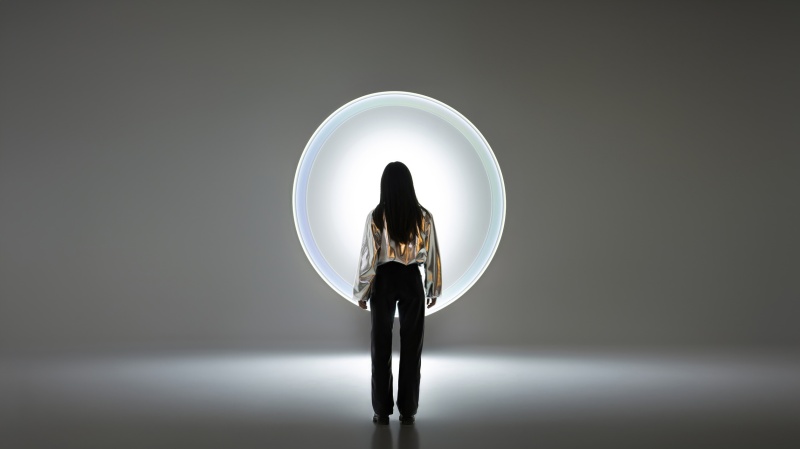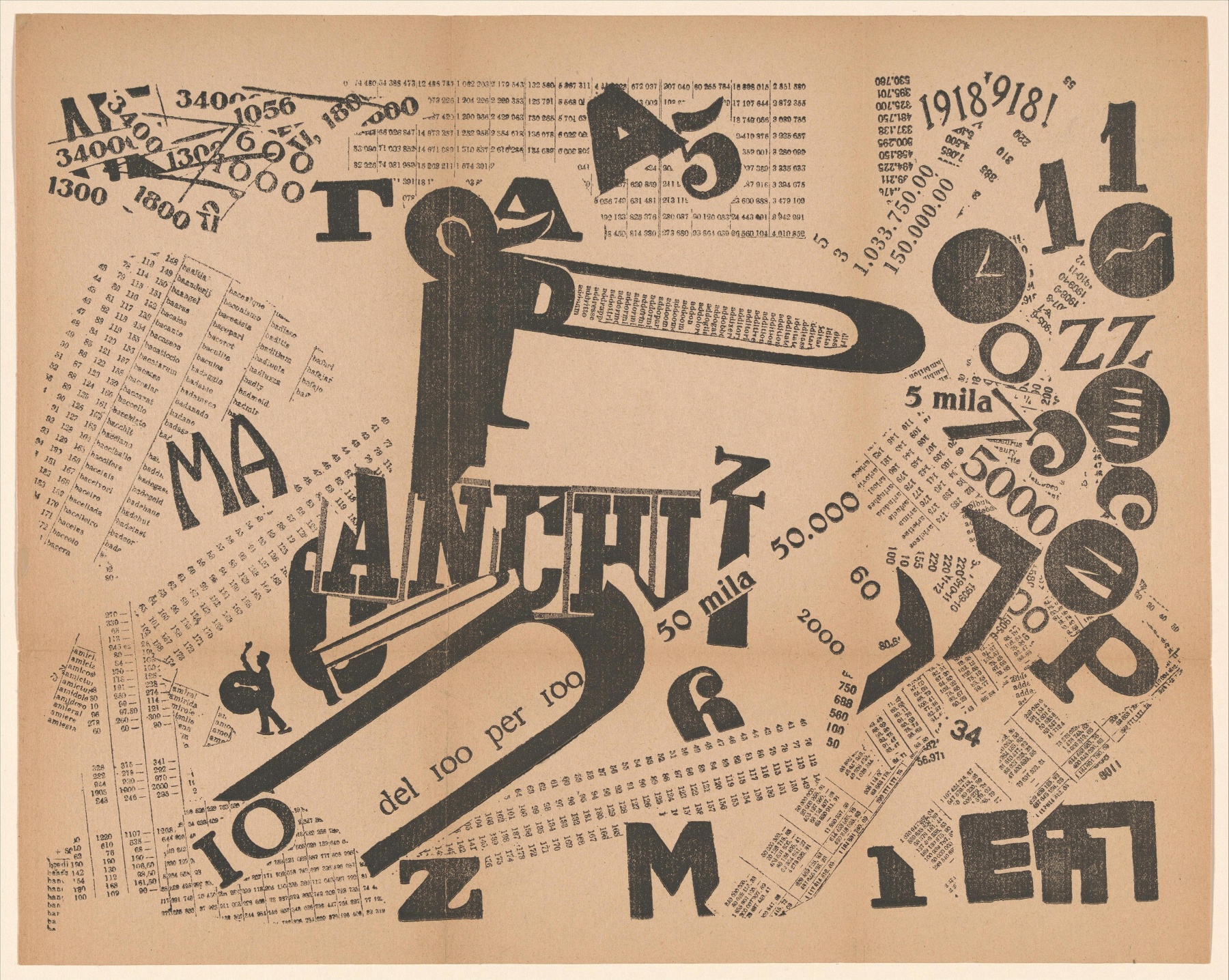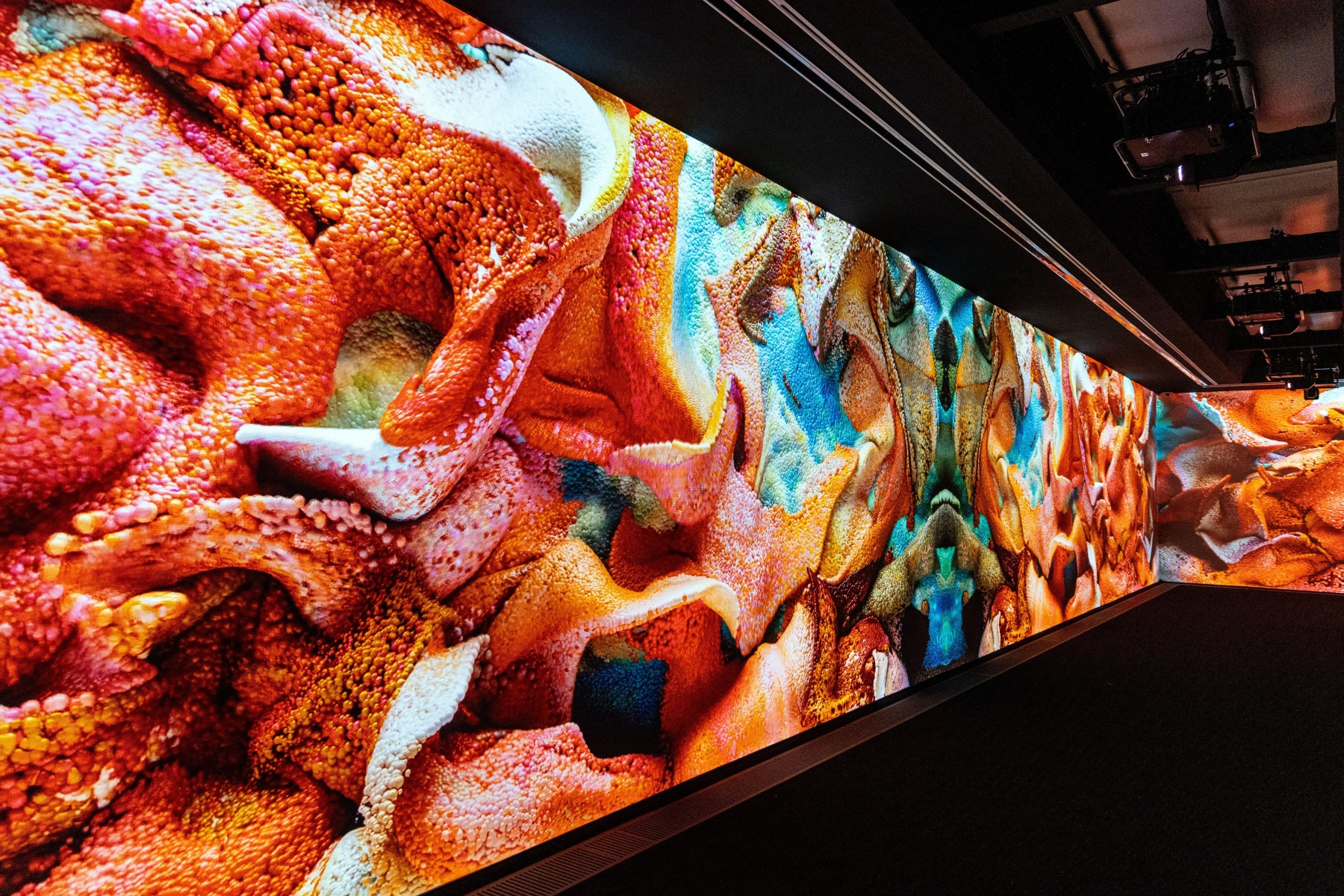
Techno-Futurism: Bold Visions and Bitter Lessons
Techno-futurism is running the world. It’s a belief, predicting that the future will be unimaginably great because of technology, after it’s saved and cured us from all our current ailments.
This belief is being praised, practised and promoted by figures from all parts of life. Our artists, entrepreneurs, politicians, who are all unwavering in their faith that the technological revolution is the gateway to a heavenly future.
And so are most of us. So why should we care?
IT MIGHT BE WRONG
We can all imagine a future where it doesn’t work out. By looking to the past we can learn about the possibility of this futuristic idealism being proved wrong.
Like most ideas Techno-futurism isn’t new and it has its ideological roots planted in the 20th century, when countries were struggling to make progress socially and economically. This contrasted with the breakthroughs made in science and technology, leaving people frustrated with their sluggish pace of advancement.
Swaths of artists and thinkers pushed for change and revolted against old conventions. Foremost among these was a group of Italian men, led by Fillipo Marinetti, who formed the Futurist movement.
With unchecked idealism, they distanced themselves from their nation's perceived failures and extolled technology's revolutionary potential to transform the world. Sound familiar?
The same logic fuels the Techno-futurists today, epitomised by Sam Altman, CEO of Open AI, who has attained cult-like status in the AI revolution.
Like Marinetti, Altman has written a ‘manifesto’ of sorts declaring ‘the future can be almost unimaginably great’, if we let technology do its thing, society just needs to accept it and correctly manage it. Critics have noted Altman’s simplified and systematic approach to policy, branding him utopian, but not essentially wrong. But what does that tell us?
In the end history proved past futurists were unimaginably wrong. Furthermore, their idealism fuelled fascism, igniting the fires of war. We’re well aware AI is changing the nature of warfare, not just physically but mentally, as misinformation and disinformation according to the World Economic Forum is now the world’s biggest risk.
This isn't to advocate more doomsaying, but perhaps the Techno-futurists' idealism warrants greater recognition, critique, and caution.

IT MIGHT BE RIGHT
We can also all imagine a future where it does work out. Where we live in an unimaginably great world, with robotic butlers by our side to help us with the challenges of an unchallenging world.
But seeing as the Techno-futurists are the ones promoting and creating this future, maybe looking into their imagination is a more productive way to glimpse into this future.
That’s why it’s worthwhile considering the art of the Techno-futurists, and even comparing how it continues motifs established by prior futurism. A clear thread can be pulled between the two groups by looking at the work of contemporary AI artist Refik Anadol and the late futurists.
Anadol’s ‘sculptures’ are digital projections of data in a state of constant flux as they continually morph into different shapes and colours. Likewise the sculptures and paintings of futurism attempted to convey this morphing process, as they were inspired by abilities unlocked through industrial speed.
Anadol’s art is motivated by a vision of the future, where technological creations can enhance the world. One exhibit at his recent exhibition at the Serpentine gallery ‘Artificial Realities: Coral’ depicts a generated coral form, with the intention it may be 3D printed and used to restore coral reefs.
But what does this tell us of the future?
Both styles reveal an attention to the more surreal than real. And although this is just art we’re talking about, it tells of a deeper principle of Techno-futurism. To favour the artificial at the expense of the natural.
The progression towards a world where we have developed highly sophisticated general artificial intelligence or artificial realities to live in, may be great for unlocking new methods of learning and creating, but it begs the question of what will happen to the real world we know today.

THE FUTURE?
The art of Marinetti and Anadol leaves one both disorientated through chaos or mesmerised by morphing forms. The same can be said of how we feel about the future the techno-futurists are so passionate about creating.
Whether they turn out to be right or wrong, we should consider the possibilities of both, and check their idealism with the lessons offered by the past. Brands have a great part to play here in furthering techno-futurist idealism, or giving the world realism, choosing instead to draw attention to the world as it is.
Keep in mind, artificial visions of the future are just, artificial. And maybe the real world needs more attention. For a certain reality is always lost on the path to greatness.
Author: Arthur Margetson - WMH&I strategy team